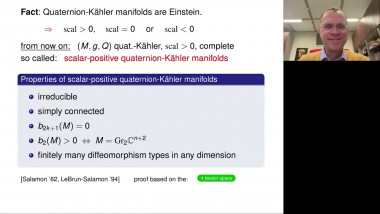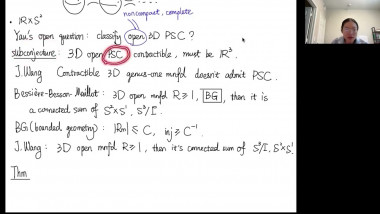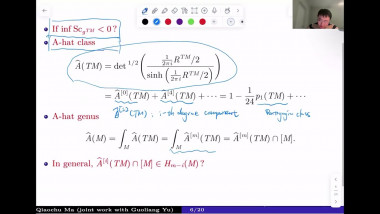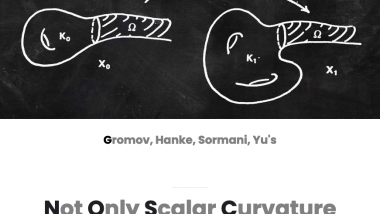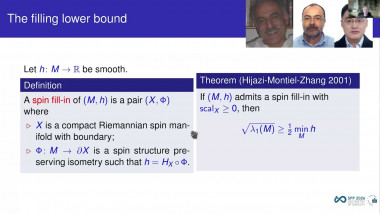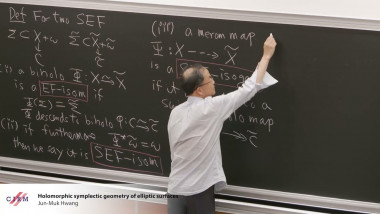Appears in collection : Geometric identities and their applications on rigidity problems
In recent years, Riemannian metrics that satisfy specific systems of partial differential equations involving a function (and/or a vector field) defined in the manifold have been extensively studied. Examples include geometric structures related to the class of static metrics that appear in General Relativity, such as the critical metrics of the volume functional. A powerful tool in this field is using integral identities (such as Reilly and Pohozaev-Schoen identities), which permit relate differential and geometric operators in Riemannian manifolds. One notable example is the proof by Reilly-Ros of Alexandrov's theorem via integral inequalities, where a crucial step is the Heintze-Karcher inequality, an inequality that follows directly from Reilly's identity and further indicates rigidity to the Euclidean ball in the case of equality. On the other hand, the Pohozaev-Schoen identity can be used to obtain area limitations for the boundary of static manifolds and to conclude rigidity from the known models. In this mini-course, designed for physicists and mathematicians at the master/beginning doctoral level, we intend to address these two crucial integral identities in Riemannian Geometry and their application in rigidity problems related to Geometry and General Relativity. Starting from basic concepts in Riemannian geometry and the definition of the underlying differential operators, we will derive these two identities from other wellknown identities: the Bianchi Identity, the Bochner Identity, and Integration by parts. We will then use these identities for applications in known rigidity results: the Alexandrov Theorem, which classifies the sphere as the only compact embedded constant mean curvature hypersurface in Euclidean space, and the rigidity of Serrin's problem, which classifies the ball as the only solution to an overdetermined problem related to fluid dynamics. Furthermore, we will discuss two essential classes of manifolds that satisfy a suitable elliptic system: the static and V-static metrics, establishing their relationship with problems related to Einstein's Equation and critical metrics of the volume functional, respectively. We will discuss the definitions, properties, known examples (related to hemispheres and geodesic balls in ☑ ☑ ☑ properties, known examples (related to hemispheres and geodesic balls in space forms), and rigidity problems in this area. Finally, we will apply the previously mentioned geometric identities (and their generalizations) to these last classes of metrics to obtain some results: topological classifications for the boundary and rigidity to the known models.
